Moving away from the bottle
As the crowds thronged through Tullamore Farm last week, the Irish Farmers Journal team got to meet hundreds of farmers.
It was great for me to get the perspective of different farmers, both sheep and beef, from around the country.
I got to talk animal health issues with more than 100 farmers and there was no doubt there were some strong themes developing.
My job
Why would the Irish Farmers Journal take on a vet in a full-time role you might ask? Well, it was clear that there were some big challenges ahead for Irish livestock farmers, including welfare and antimicrobial resistance (AMR).
The issue of consumers demanding more transparency around welfare and the need to reduce our usage of antibiotics and how we use them are two challenges I come across every week.
With my new role, I was clear I need to be promoting and pushing farmers to prevent and manage disease on their farms to reduce these risks.
Some interesting cures were floated from the crowd to various diseases we discussed, a reflection of the diverse views and size of the audience
This means not just vaccines but understanding feeding, housing, infrastructure, handling and other key elements that feed into the health of your livestock.
This must not be solely from a textbook but must be practical. Tullamore Farm is a great example of practical application of best practice.
Our health boards talked about how that approach on Tullamore Farm was yielding good results and also the important area of biosecurity (keeping disease out and stopping its spread).
We have had some planning meetings where we critically review both medicines and management.
When it came to questions from individual farmers, it was much more specific problems I was asked about; in some cases, animals they are currently treating.
We talked a lot about worm resistance in flocks and how we need to be sparing with our dosing.
We mentioned the orange drench that is used sparingly to keep worm resistance out.
After every session, farmers were wondering if they would use the orange drench to treat all their lambs this year.
Some interesting cures were floated from the crowd to various diseases we discussed, a reflection of the diverse views and size of the audience.
While I never dismiss treatments, we must always be clear on where our products are going and we must continue to rely on science.
I have noticed that when I go off textbook with my cures, it always garner the most attention.
We talked about lameness in sheep and again the consistent focus of questioning the best shot for lame sheep, the best injection, the best treatment and the best antibiotic.
Each time I reloaded my gun to the frustration of some and said we need to stop focusing on treatments all the time. We need to ask why. Animals are lame so we need to look at how we can significantly reduce the incidence of disease. Why do calves get pneumonia every year? Could it be that the sheds are poorly ventilated and the vaccine is badly timed?
I was asked about crypto treatments, the best shot for a calf with pneumonia and tubes for sheep eyes.
We have huge advantages because of our grass-based systems but we can and must be better around moving towards a more proactive approach to disease
The theme was consistent. The people I met wanted specific solutions and specific treatments. One farmer who had lost huge numbers of lambs from what sounded like acute E coli septicaemia made me think again about antibiotics and their role on the farm.
The regulations around antibiotic usage are again set to change in 2022 and I feel we are starting to lag behind our competitors.
Proactive approach
We have huge advantages because of our grass-based systems but we can and must be better around moving towards a more proactive approach to disease.
Driving home, I had to reflect on my role. You must give people what they want and need.
I am happy to talk about treatments for disease if people want this, but in the future it looks like the need or focus must be on the why? It must be about prevention. This is where farmers have the most chance of being profitable. This is going to be the beef and sheep farming of the future.
Parts of solutions will always be in bottles with antibiotics, vaccines, dosing and minerals all having a role to play.
The business of health though goes deeper and it is about a holistic approach to diet, housing and management.
Choose the right genetics to suit your system and use medicines such as vaccines to maximise the immunity of your herd and flock.




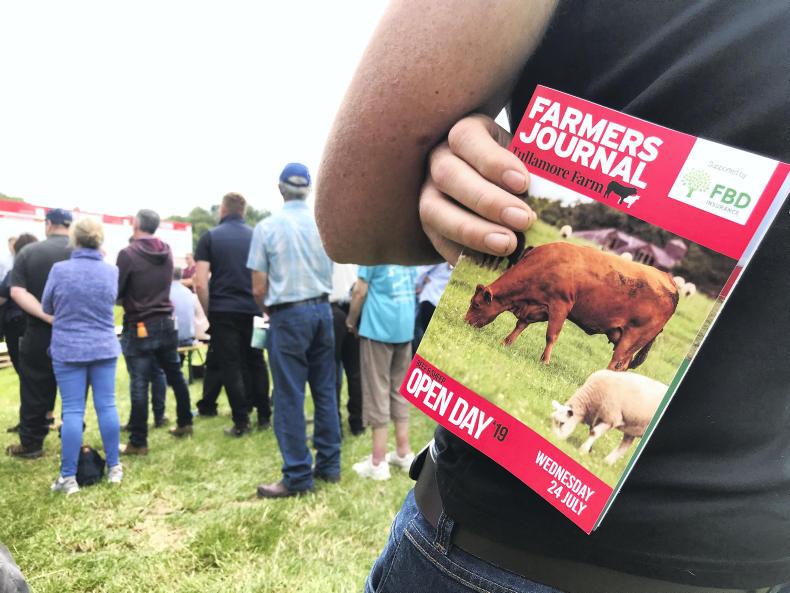
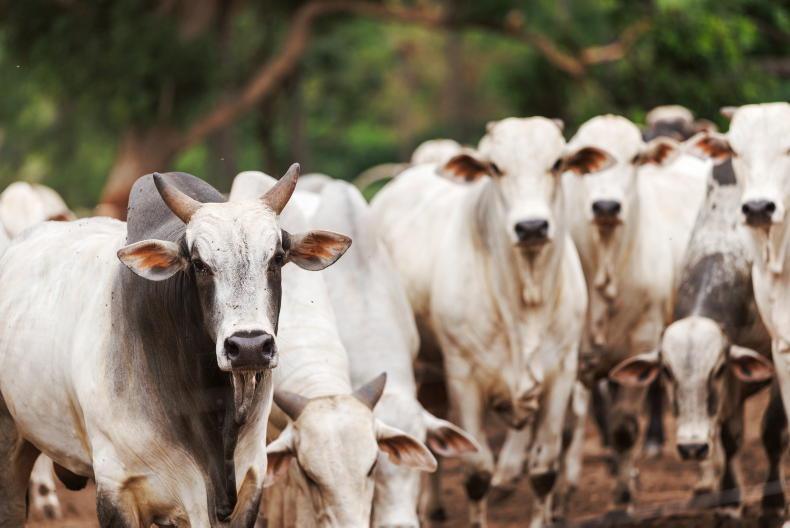

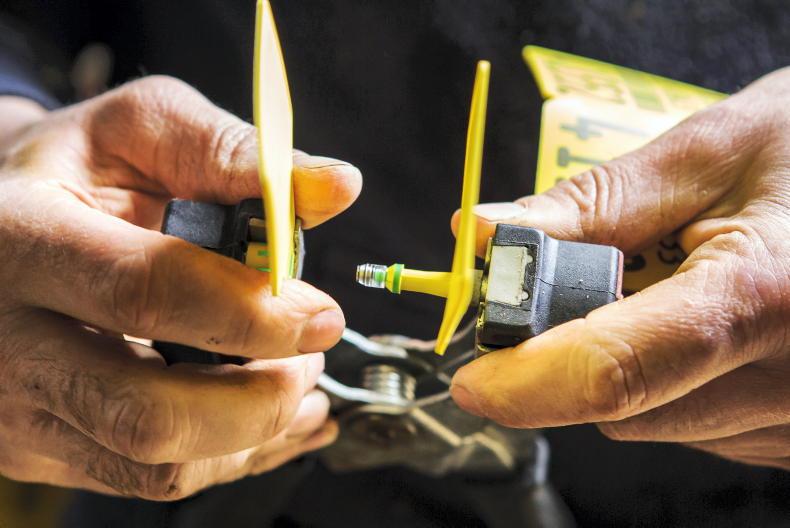
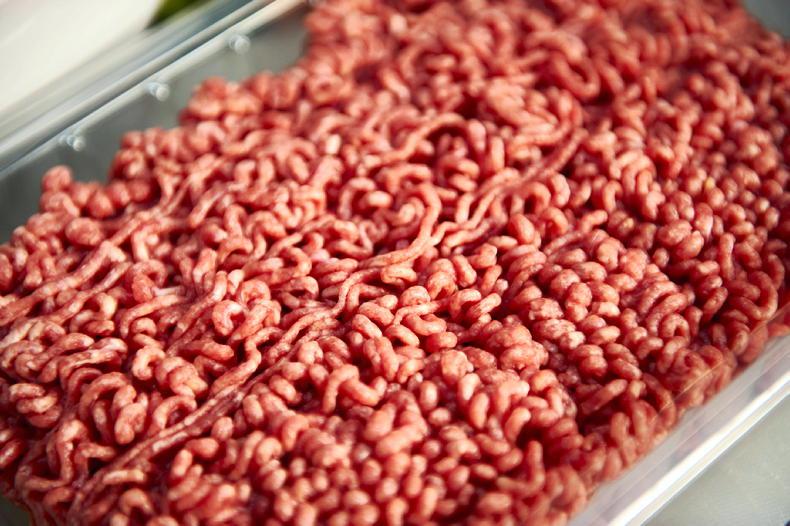
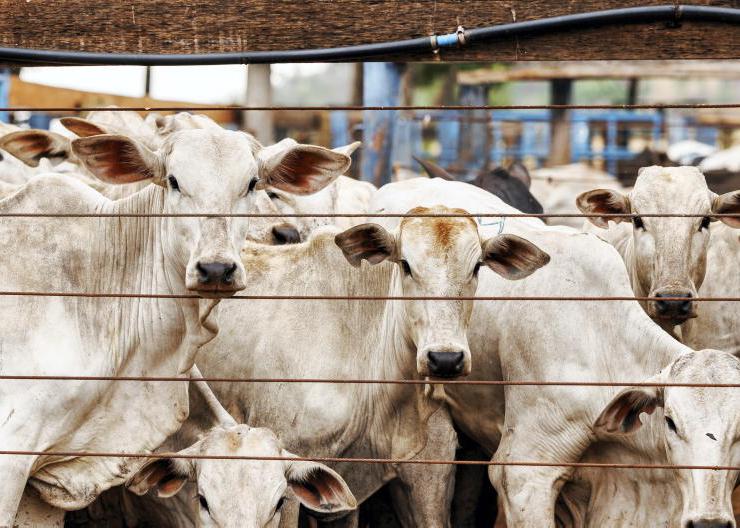
SHARING OPTIONS